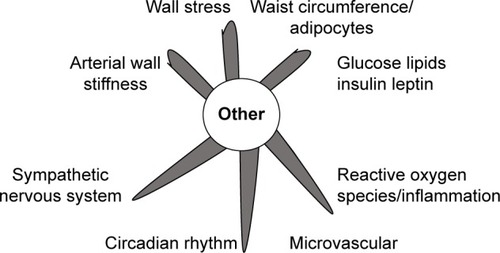Figures & data
Table 1 Relevant major CV outcome studies with oral hypoglycemics
Figure 1 The recent hypoglycemia trials for diabetes with cardiovascular event rates per year.
Abbreviations: CV, cardiovascular; SGLT2, sodium-glucose cotransporter 2; NS, nonsignificant; SAVOR, saxagliptin reduce the risk of cardiovascular events; EXAMINE, examination of cardiovascular outcomes with alogliptin versus standard of care; TECOS, trial evaluating cardiovascular outcomes with sitagliptin; EMPA-REG, empagliflozin, cardiovascular outcomes, and mortality in type 2 diabetes.
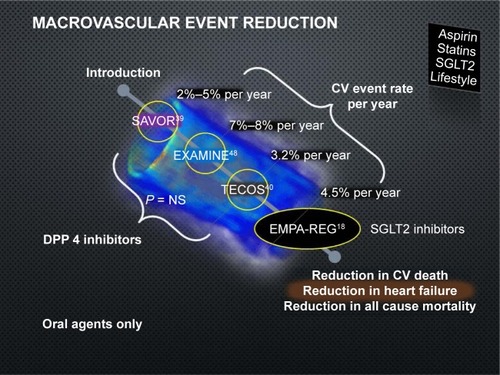
Figure 2 The macula densa and SGLT2 inhibitors.
Abbreviation: SGLT2, sodium-glucose cotransporter 2.
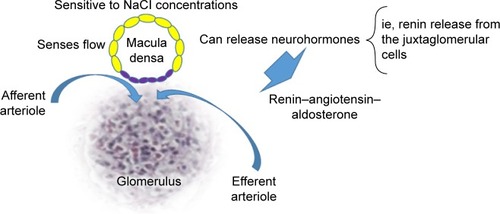
Figure 3 Three large CV outcome trials have increasing cardiovascular event rates as diabetes is added to high-risk patients.
Abbreviations: CV, cardiovascular; HR, hazard ratio; NNT, number needed to treat; HT, hypertension.
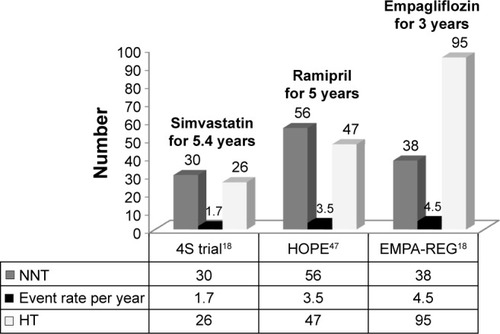
Figure 5 The vascular wall in patients with diabetes is well known to have advanced atherosclerosis.
Abbreviations: BP, blood pressure; NIRS, near infrared spectroscopy; ROS, reactive oxygen species; MCP-1, monocyte chemoattractant protein-1; MMP, matrix metalloproteinase; OCT, optical coherence tomography; NO, nitric oxide.
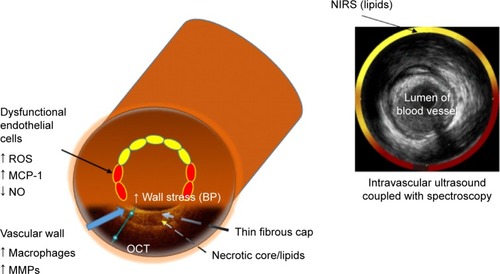
Figure 6 Reductions in systolic blood pressure are well known to reduce CV risk from multiple studies.
Abbreviations: CV, cardiovascular; SGLT2, sodium-glucose cotransporter 2; SBP, systolic blood pressure.
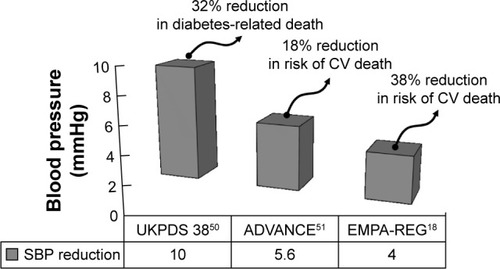
Figure 7 The significant reduction in both CV deaths and hospitalization for heart failure.
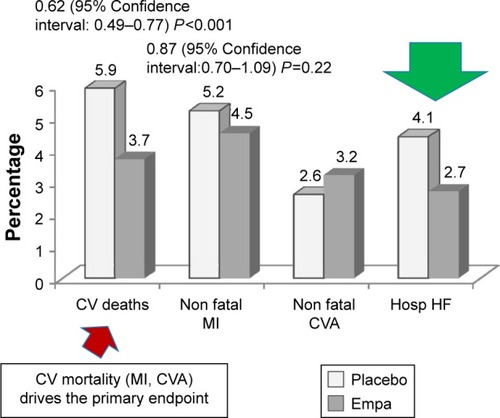
Table 2 Keypoints and clinical impact of empagliflozin

